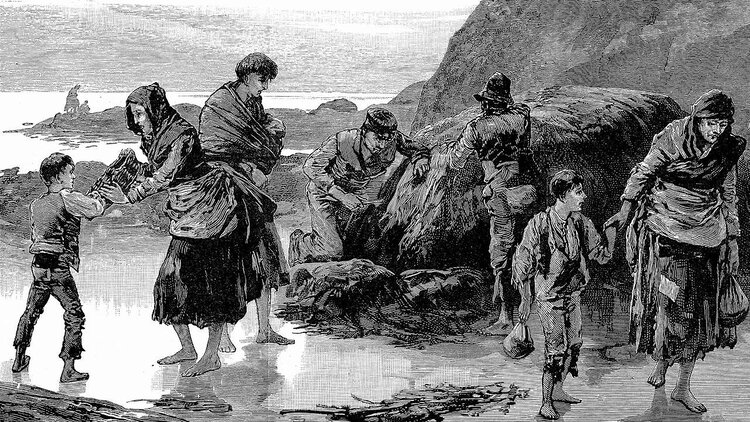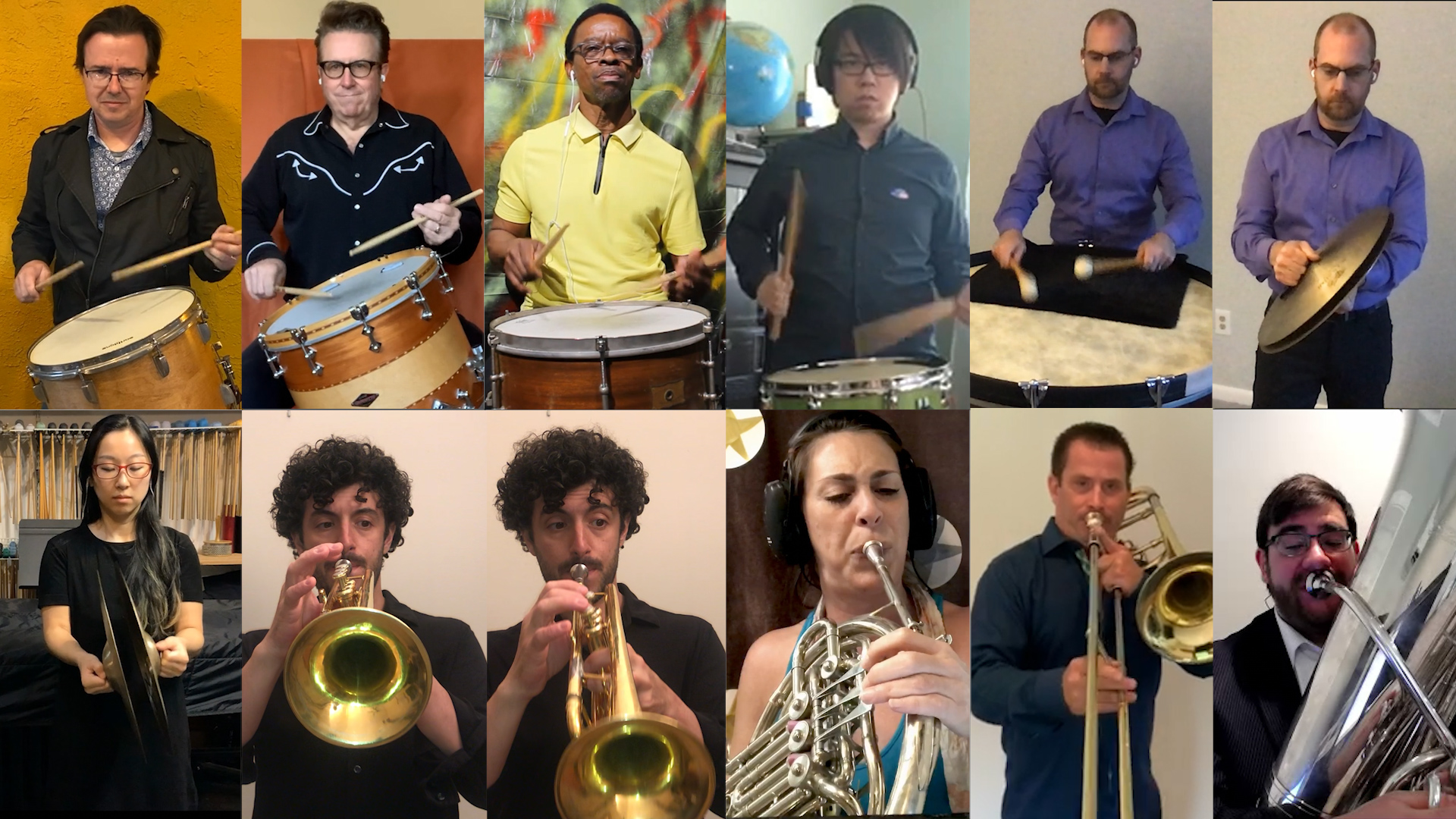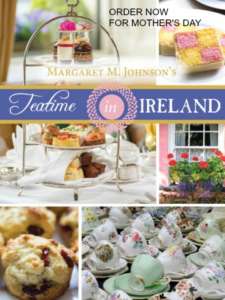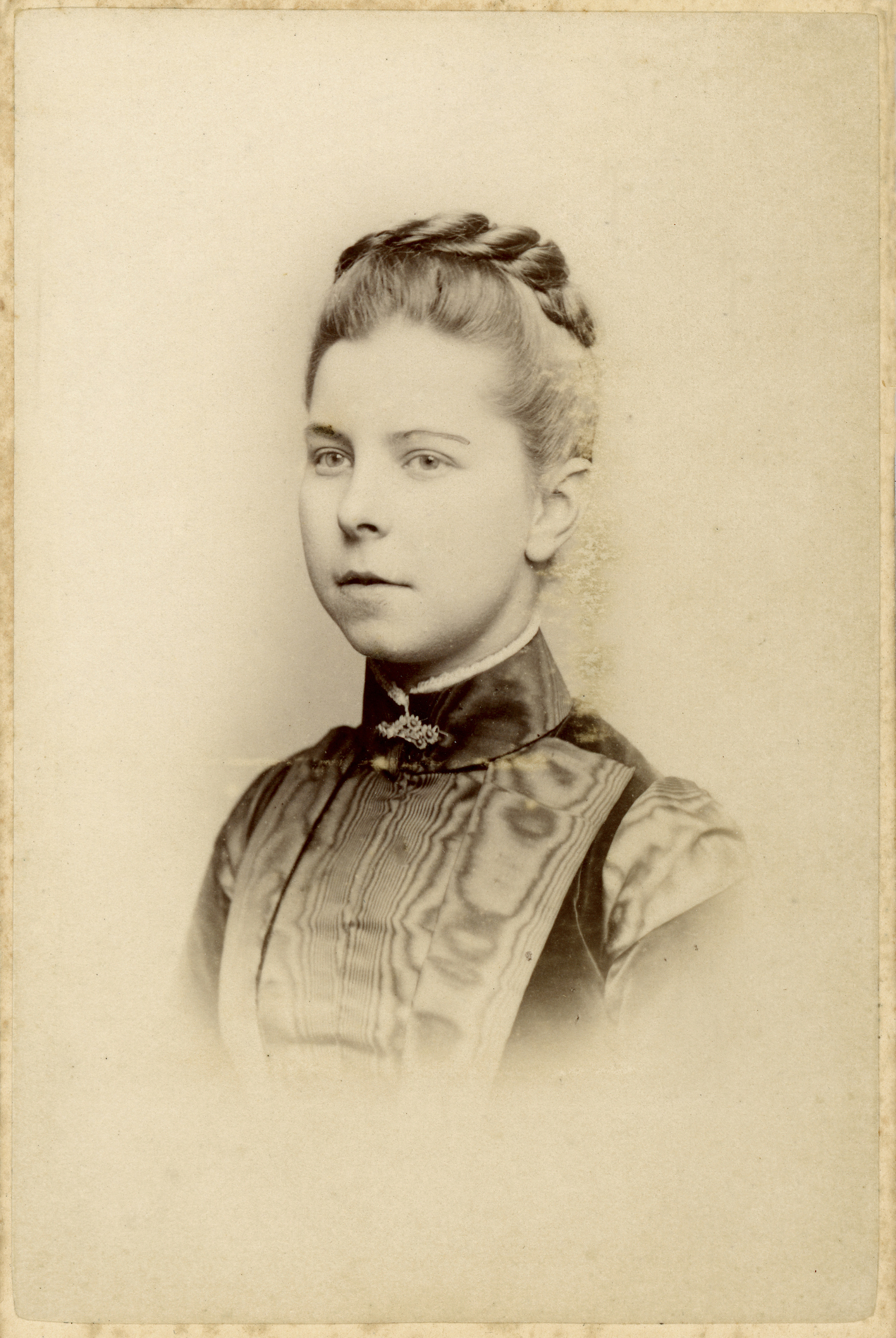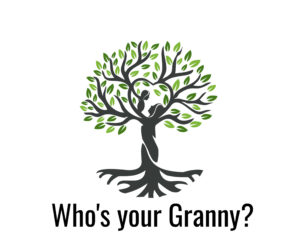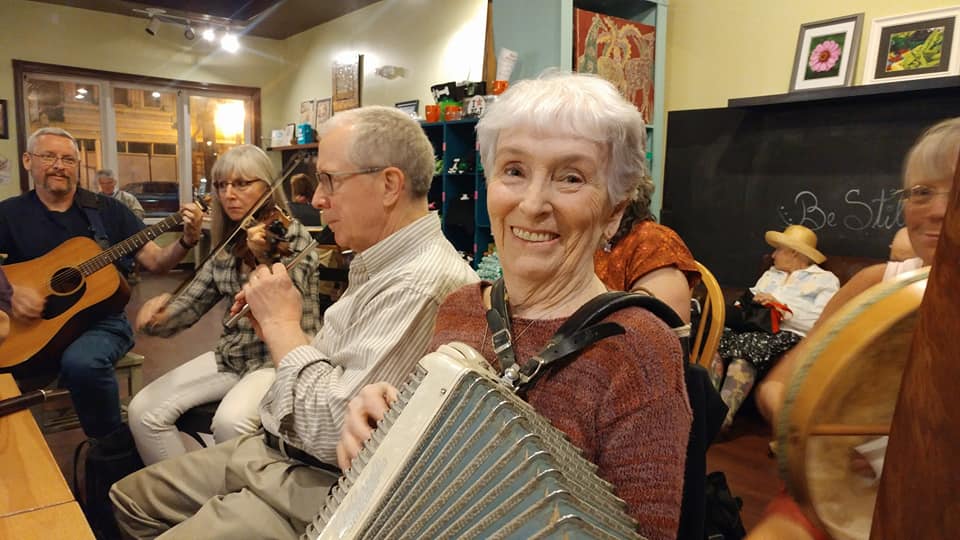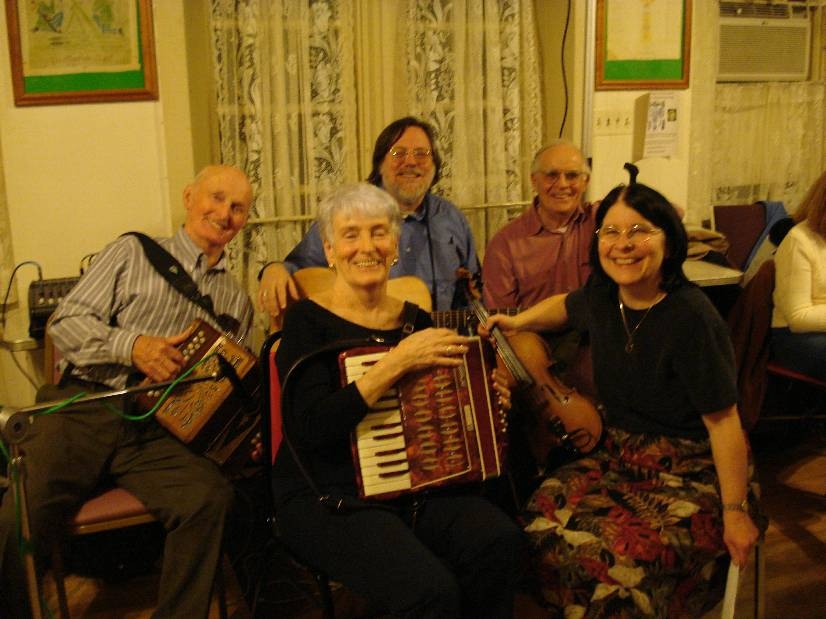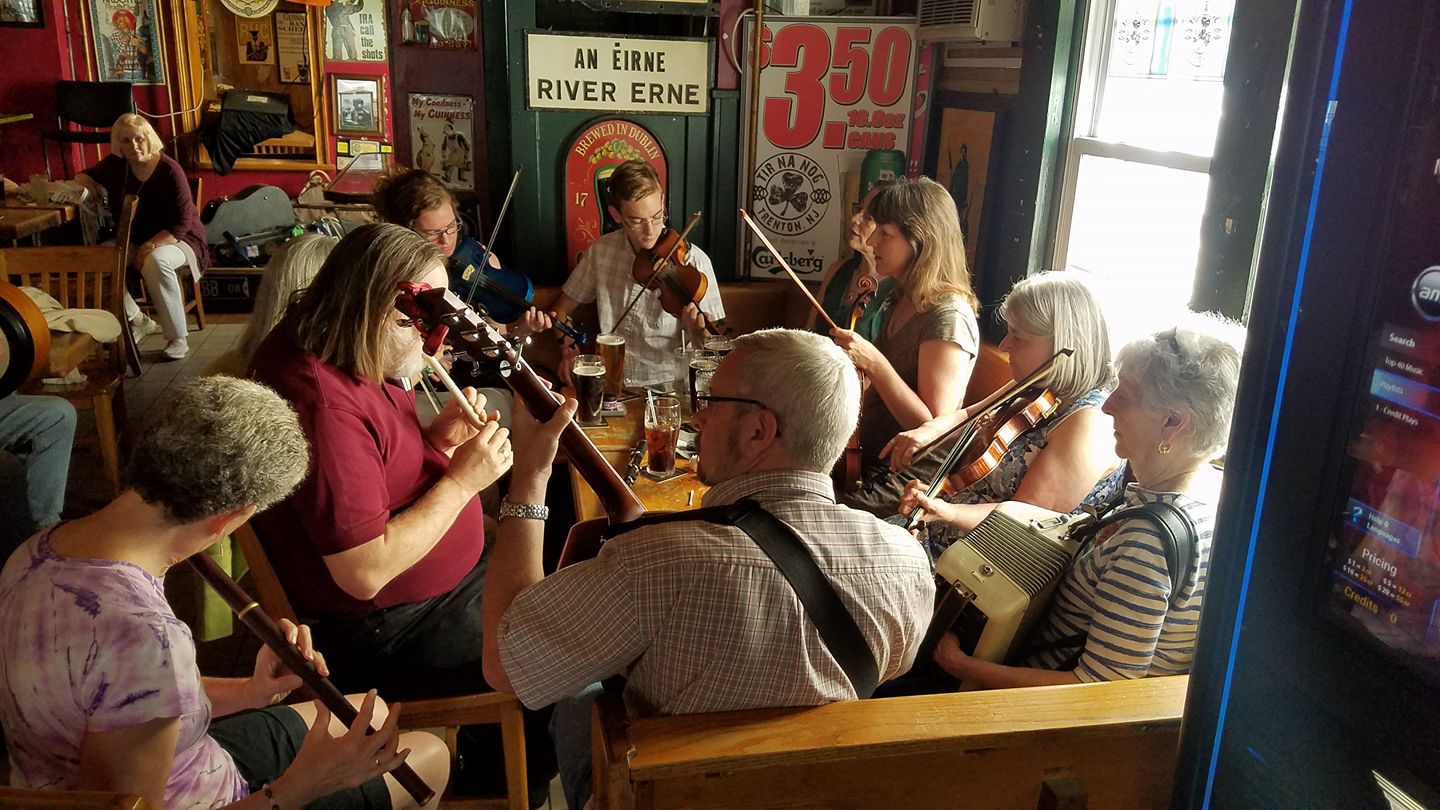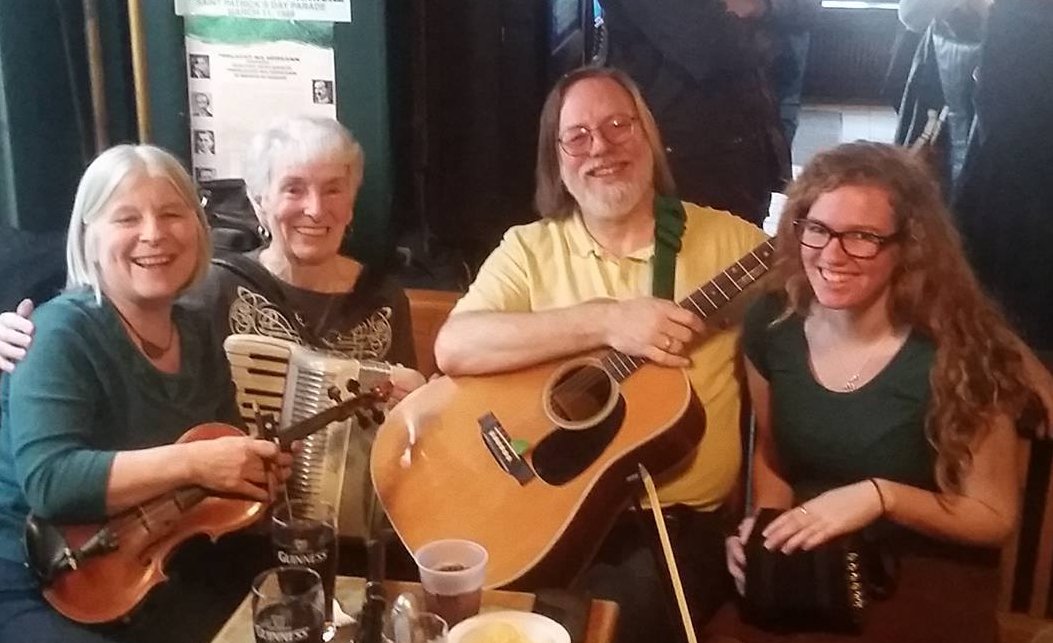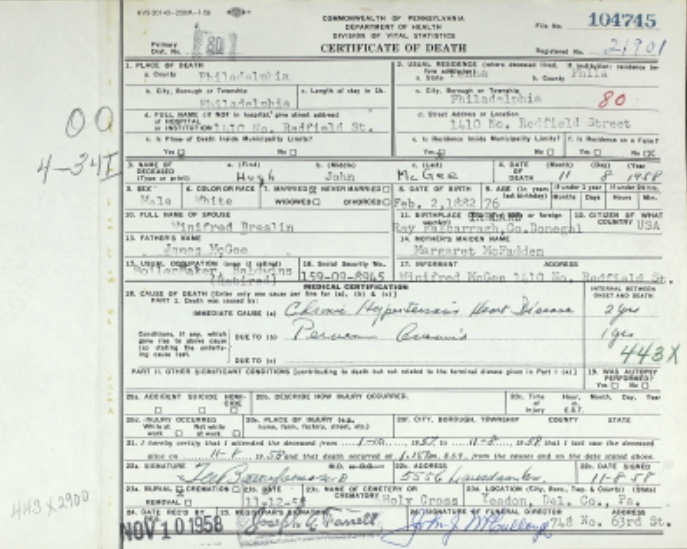This was supposed to be the Commodore Barry Arts and Cultural Center’s big year.
The Mount Airy-based center makes most of its money from hosting events—from ceili dances and Irish language courses to big banquets and wedding receptions that typically fill the center’s spacious ballroom to capacity. For 2020, the calendar was so crowded with paying events, there was a waiting list.
And then in mid-March the pandemic hit, and the center had to close.
“In January, we were preparing the budget. We were booked solid the entire year,” says Center board member and vice president Lisa Maloney. “This has been years in the making. We really thought we were on a positive plane. We had a lot of different events coming in, and we were very excited—and then Covid came in. We now have no income coming in at all. We don’t have big expenditures, but we do have the monthly costs of running the building.”


